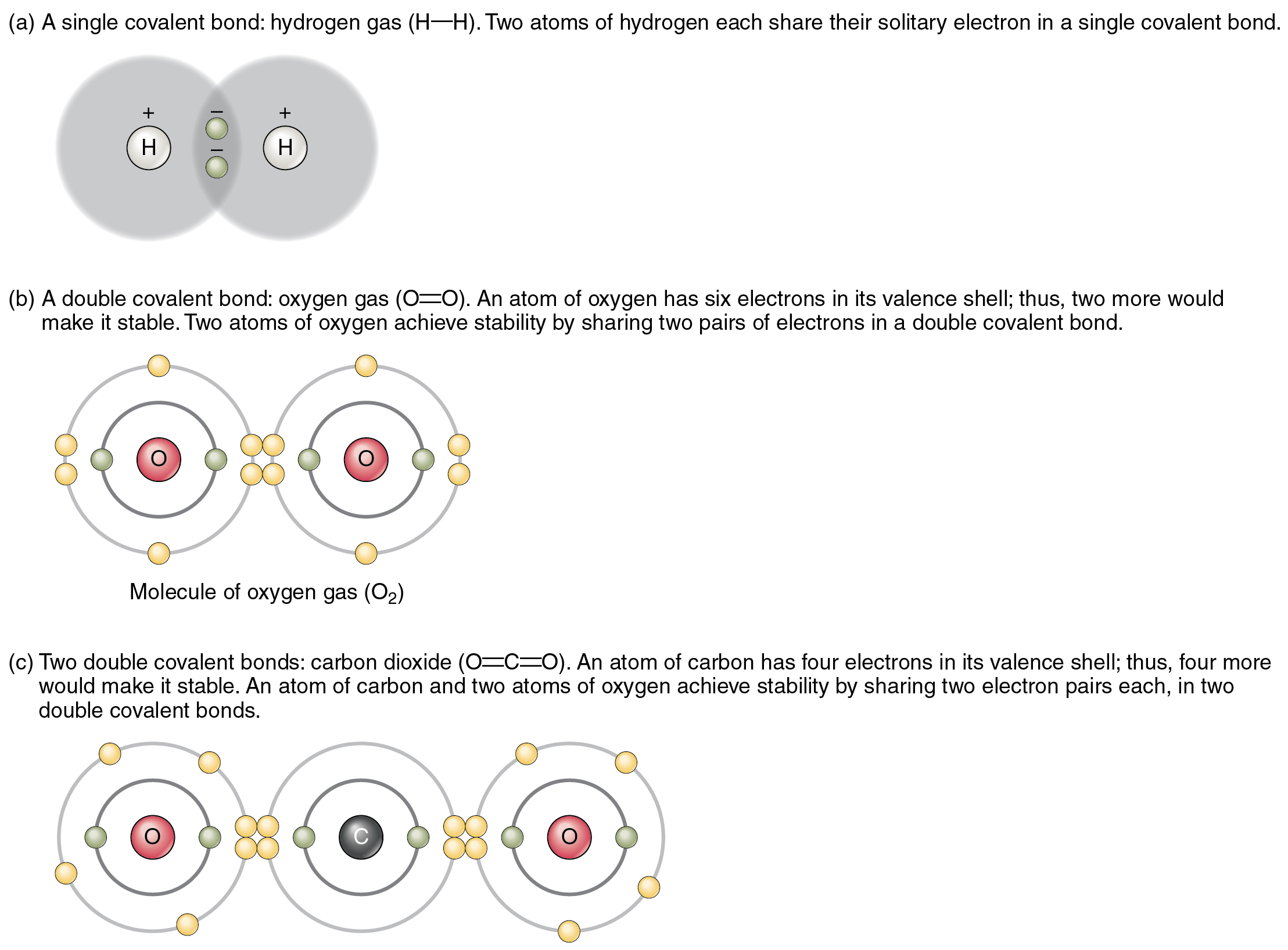How Many Bonds Can Carbon Form With Other Elements
How Many Bonds Can Carbon Form With Other Elements - Carbon occurs as a variety of allotropes. Calcium atoms are shown as white. These hydrocarbons, extracted naturally as fossil fuels (coal, oil and natural gas), are mostly used as fuels. Carbon can form either 2 or 4 bonds. Carbon has four valence electrons, so it can achieve a full outer energy level by forming four covalent bonds. There is a great diversity of carbon compounds, ranging in size from just one to thousands of atoms. Therefore, it can form four covalent bonds with other atoms or molecules. Carbon forms covalent bonds with atoms of carbon or other elements. If the bond is with another carbon atom, it is a pure covalent (or nonpolar covalent) bond. However, structures that are more complex are made using carbon.
Individual carbon atoms have an incomplete outermost electron shell. Web carbon has four valence electrons, so it can achieve a full outer energy level by forming four covalent bonds. Web well, carbon can form up to four covalent bonds. Form long c −c chains, with differing substitution along that chain. If it is with another atom, a polar covalent bond is formed. The simplest organic carbon molecule is methane (ch 4 ), in which four hydrogen atoms bind to a carbon atom (figure 1). Group 5a (15) elements such as nitrogen have five valence electrons in the atomic lewis symbol:
In this ground state carbon has 2 unpaired p electrons which can form 2 bonds. Web moreover, of all the elements in the second row, carbon has the maximum number of outer shell electrons (four) capable of forming covalent bonds. The electrons are thus equally. Carbon has four valence electrons, so it can achieve a full outer energy level by forming four covalent bonds. Is there a term to describe such elements?
Carbon occurs as a variety of allotropes. (other elements, such as phosphorus [p] and cobalt [co], are able to form five and six covalent bonds, respectively, with other elements, but they lack carbon’s ability to bond indefinitely with. In a covalent bond, two atoms share a pair of electrons. Calcium atoms are shown as white. Carbon can form single, double, or triple. With hydrogen, nitrogen, oxygen, and other heteroatoms.
Web each carbon atom forms three covalent bonds close covalent bonding a covalent bond is formed by a shared pair of electrons. Web these four electrons can be gained by forming four covalent bonds, as illustrated here for carbon in ch 4 (methane). The most common oxidation state of. There is a quick way to work. These four elements are widely used when it comes to drawing lewis structures at introductory chemistry level.
Web atoms of different elements close element a substance made of one type of atom only. Carbon can form single, double, or triple. Carbon gets many of its properties from its ability to sustain up to four bonds at a time. Web carbon has four valence electrons, so it can achieve a full outer energy level by forming four covalent bonds.
An Example Of This Is Co Carbon Monoxide.
Web carbon can form up to four covalent bonds and thus share four pairs of electrons with other atoms. The most common oxidation state of. This leaves carbon with six electrons in its outer shell. If it is with another atom, a polar covalent bond is formed.
Web Crystal Structure Of Ca 3 C 7 At 38(1) Gpa.
Carbon’s ability to form bonds with four other atoms goes back to its number and configuration of electrons. The most common form is the single bond: This allows carbon to fill its outer energy level and make the carbon atom more. Web carbon has four valence electrons, so it can achieve a full outer energy level by forming four covalent bonds.
Because Hydrogen Only Needs Two Electrons To Fill Its Valence Shell, It Is An Exception To The Octet Rule And Only Needs To Form One Bond.
If not, then what are the other elements can also do this? Web therefore, it can form four covalent bonds with other atoms or molecules. The electrons are thus equally. Is carbon the only element that can do this?
There Is A Quick Way To Work.
Web atoms of different elements close element a substance made of one type of atom only. If you've ever seen a d4 or a caltrop, you've seen the shape of the bond sites on a. There is a great diversity of carbon compounds, ranging in size from just one to thousands of atoms. With hydrogen, nitrogen, oxygen, and other heteroatoms.






